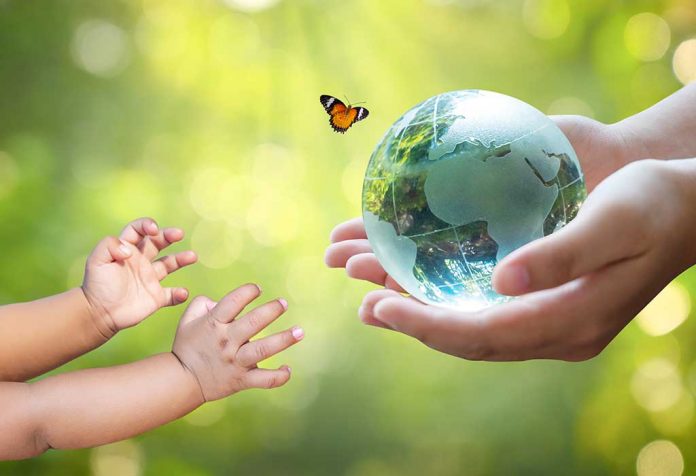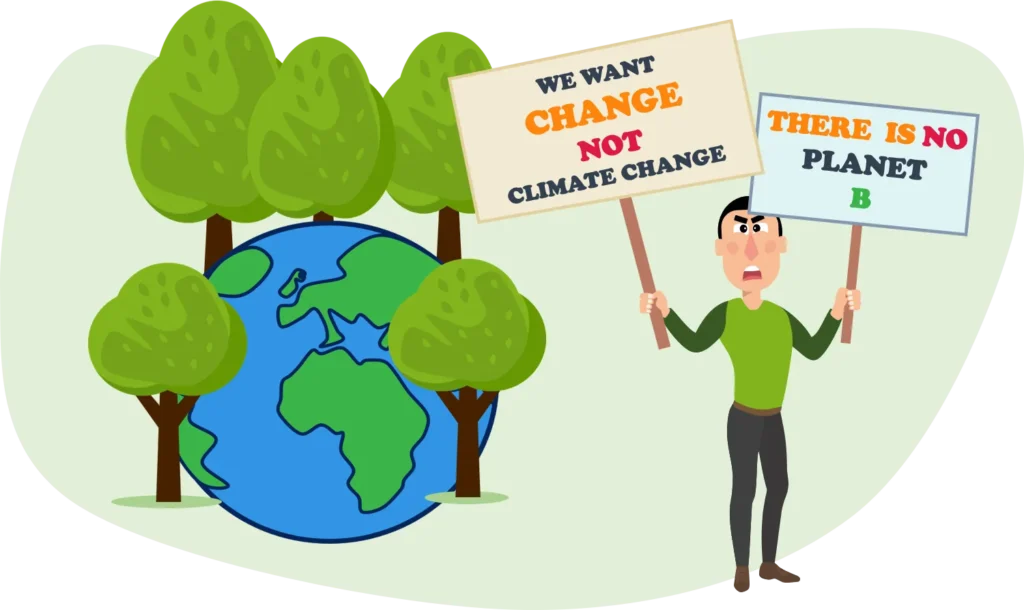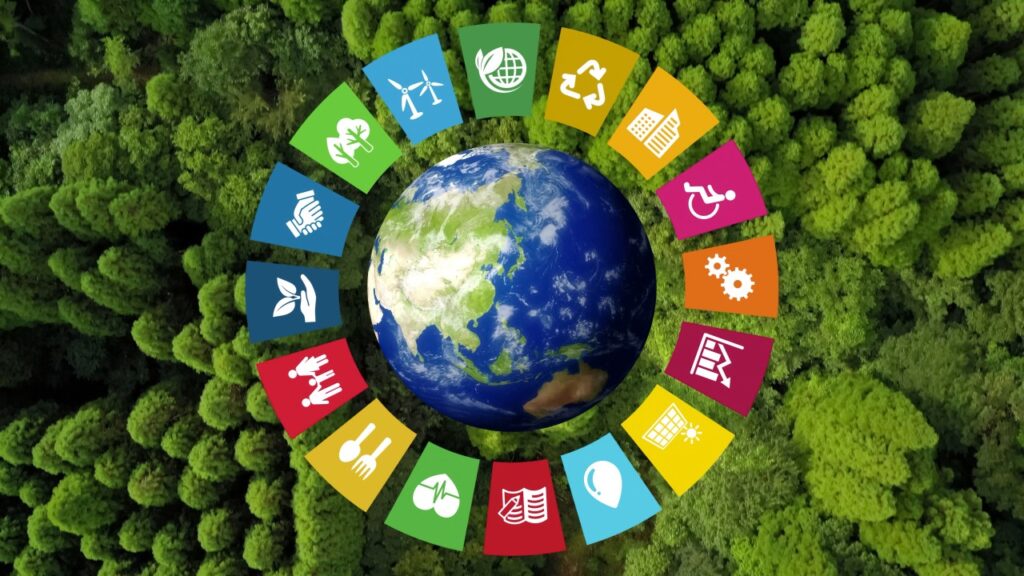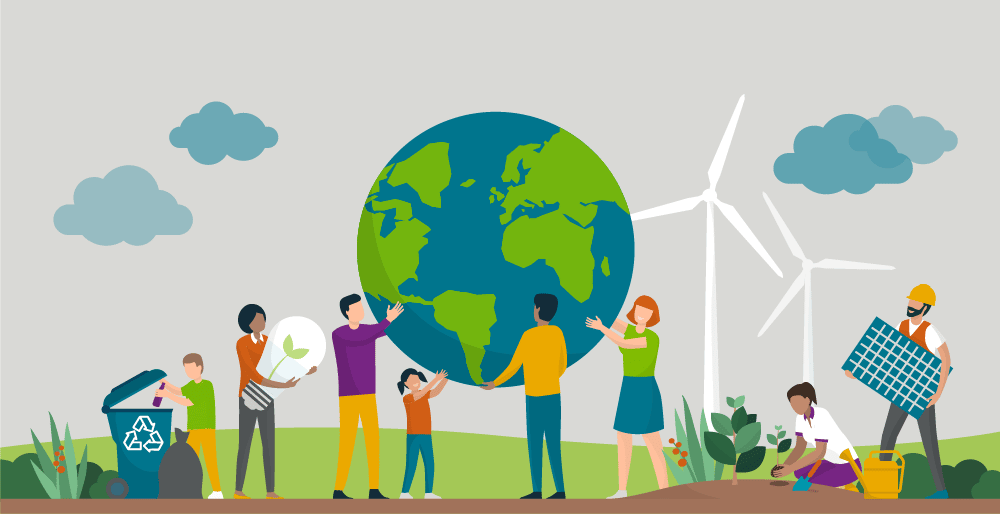The environmental protection is our collective responsibility and the lifeblood of our existence, a delicate balance of ecosystems, biodiversity, and natural resources that sustain life on Earth. Yet, the alarming rate of environmental degradation demands urgent global attention. From climate change and deforestation to plastic pollution and biodiversity loss, the signs are clear: the health of our planet is at a tipping point. This blog post explores why protecting the environment is our shared responsibility, backed by scientific evidence and international research.
1. Understanding the Gravity of Environmental Issues
Climate Change: A Global Emergency
The Intergovernmental Panel on Climate Change (IPCC) has repeatedly warned that human activities are unequivocally driving global warming. Greenhouse gas emissions from industries, transportation, and agriculture have raised Earth’s average temperature by 1.1°C since the pre-industrial era. If this trajectory continues, we risk surpassing the critical 1.5°C threshold within the next two decades, triggering irreversible damage such as rising sea levels, extreme weather events, and biodiversity loss.
Biodiversity Loss: The Sixth Mass Extinction
According to a 2019 report by the Intergovernmental Science-Policy Platform on Biodiversity and Ecosystem Services (IPBES), one million species are at risk of extinction due to human activities. Habitat destruction, pollution, overfishing, and climate change are primary drivers. The loss of biodiversity not only disrupts ecosystems but also undermines human well-being, as it affects food security, clean water, and disease regulation.
Plastic Pollution: A Crisis of Convenience
The world produces approximately 400 million tons of plastic annually, with only 9% being recycled. The rest ends up in landfills, oceans, and natural environments, threatening marine life and entering the food chain. A study published in Science Advances reveals that by 2050, the weight of plastic in the oceans could surpass the weight of fish if current trends persist.
2. Why Protecting the Environment is our Responsibility

The Interconnectedness of Life
The environment is a web of interconnected systems. Forests act as carbon sinks, oceans regulate climate, and pollinators ensure crop production. Disrupting one element sets off a chain reaction that affects all others. For instance, deforestation in the Amazon not only reduces oxygen production but also accelerates global warming, affecting agriculture and water supplies worldwide.
Economic Implications
Environmental degradation has severe economic repercussions. A 2021 study by the Swiss Re Institute estimates that over 55% of global GDP relies on high-functioning biodiversity and ecosystems. Climate disasters cost billions annually in damages, while pollution-related health issues drain healthcare systems. Investing in sustainable practices can mitigate these costs and create new economic opportunities.
Ethical Responsibility
As stewards of the planet, humanity has an ethical duty to preserve it for future generations. Indigenous communities worldwide exemplify this ethos, living in harmony with nature and advocating for its protection. Their wisdom and practices underscore the importance of sustainable living.
3. Strategies for Environmental Protection

International Cooperation
Global challenges require collective solutions. Agreements like the Paris Climate Accord aim to limit global warming to below 2°C. The United Nations’ Sustainable Development Goals (SDGs) provide a roadmap for achieving environmental sustainability by 2030. Success depends on nations adhering to their commitments and fostering international collaboration.
Corporate Responsibility
Corporations wield significant influence over environmental outcomes. Many companies are adopting Environmental, Social, and Governance (ESG) frameworks to reduce their carbon footprint, transition to renewable energy, and implement circular economy principles. For example, Apple has committed to achieving carbon neutrality across its supply chain by 2030.
Individual Actions
While systemic change is crucial, individual actions also make a difference. Reducing waste, conserving energy, adopting plant-based diets, and supporting sustainable brands are steps everyone can take. A study in Environmental Research Letters highlights that if 10% of the global population reduced their meat consumption by half, it could decrease global greenhouse gas emissions by 10%.
4. Scientific Innovations for a Sustainable Future

Renewable Energy
Transitioning to renewable energy is essential for reducing greenhouse gas emissions. Solar, wind, and hydropower technologies are becoming increasingly efficient and cost-effective. The International Renewable Energy Agency (IRENA) reports that renewables accounted for nearly 83% of all new power capacity added globally in 2023.
Circular Economy
The circular economy emphasizes designing waste out of systems. Innovations in recycling, biodegradable materials, and resource-efficient manufacturing are transforming industries. For instance, Sweden recycles 99% of its household waste, with much of it converted into energy.
Carbon Capture and Storage (CCS)
CCS technologies capture CO2 emissions from industrial processes and store them underground. While still in its infancy, CCS could play a crucial role in achieving net-zero emissions. The Global CCS Institute notes that over 30 commercial facilities are operational worldwide, collectively capturing 40 million tons of CO2 annually.
5. The Role of Education and Advocacy
Raising Awareness
Education is a powerful tool for change. Environmental education programs in schools and communities empower individuals to make informed decisions. Social media campaigns amplify awareness, mobilizing people globally to demand action.
Grassroots Movements
Movements like Fridays for Future, led by youth activists, demonstrate the power of collective action. Grassroots organizations often influence policy changes and hold governments accountable. Their work underscores the importance of community involvement in environmental protection.
6. Challenges and Opportunities
Challenges
Protecting the environment is not without hurdles. Political resistance, economic constraints, and misinformation often impede progress. Additionally, developing countries face unique challenges, as they balance environmental goals with economic growth and poverty alleviation.
Opportunities
Despite these challenges, opportunities abound. Green technologies, sustainable agriculture, and eco-tourism represent growing industries. Public-private partnerships can drive innovation and investment in environmental solutions.
Conclusion: A Call to Action
The need to protect the environment has never been more urgent. Scientific evidence and international research underscore the gravity of the situation and the consequences of inaction. However, the solutions are within reach if we act collectively—governments, corporations, and individuals alike. By embracing sustainability, advocating for systemic change, and adopting environmentally conscious lifestyles, we can ensure a healthier, more resilient planet for generations to come.
Let us remember: protecting the environment is our responsibility and not merely a choice; we owe to ourselves and all life on Earth.
